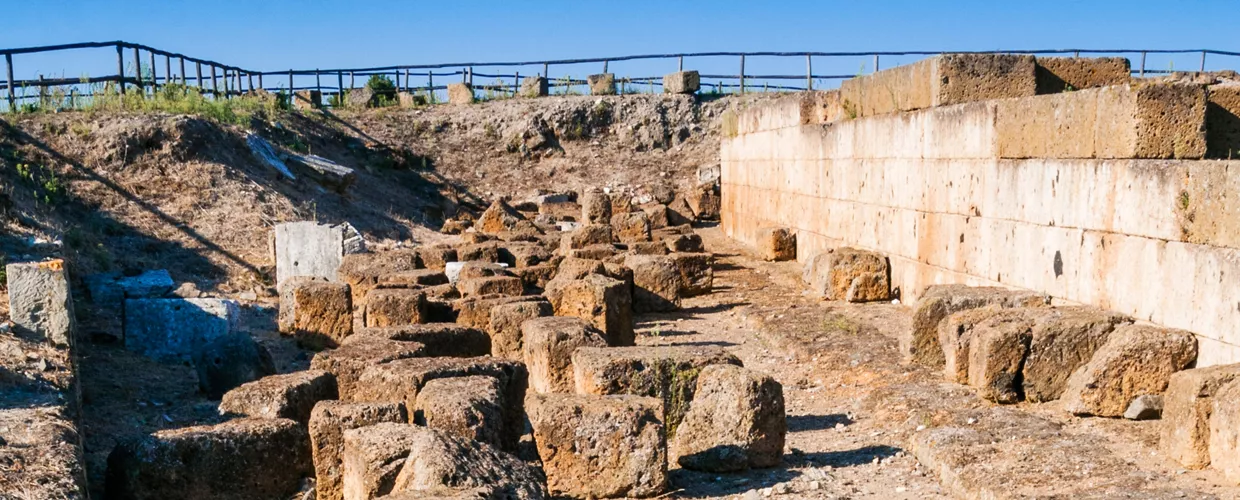This content was automatically translated. View the original text.

Overview
It's difficult to summarise in a few lines what the Archaeological Natural Park of Vulci represents for the Lazio Maremma, and perhaps it is better so, because the variety of ideas offered within the park is what perhaps makes Vulci so special.
Archaeology enthusiasts can stroll among the remains of domus and necropolis along the paved streets of the Etruscan Velx (ancient name of Vulci): a city of the past known to merchants of the Mediterranean, who easily reached it from the sea, after only ten kilometres by the river Fiora.
Even the late Middle Ages left their mark on the modern appearance of Vulci: the castle of the Abbey, initially part of a monastic complex, then passed into the hands of Alessandro Farnese (future Pope Paul III) at the beginning of the 16th century, who modified its appearance, transforming it into the current one. The fortress preserves the finds recovered on site during the archaeological excavations of Vulci, exhibited inside the National Archaeological Museum of Vulci.
A bridge of uncertain date crosses the river Fiora near the castle of the Abbey: a legend tells that to build it, given its size and its difficult location over the rocky gorges dug by the waterway, the intervention of the devil himself was necessary.
After so much history and archaeology, travellers can also take advantage of the natural beauty of Vulci, set in the green and lush Maremma plain.